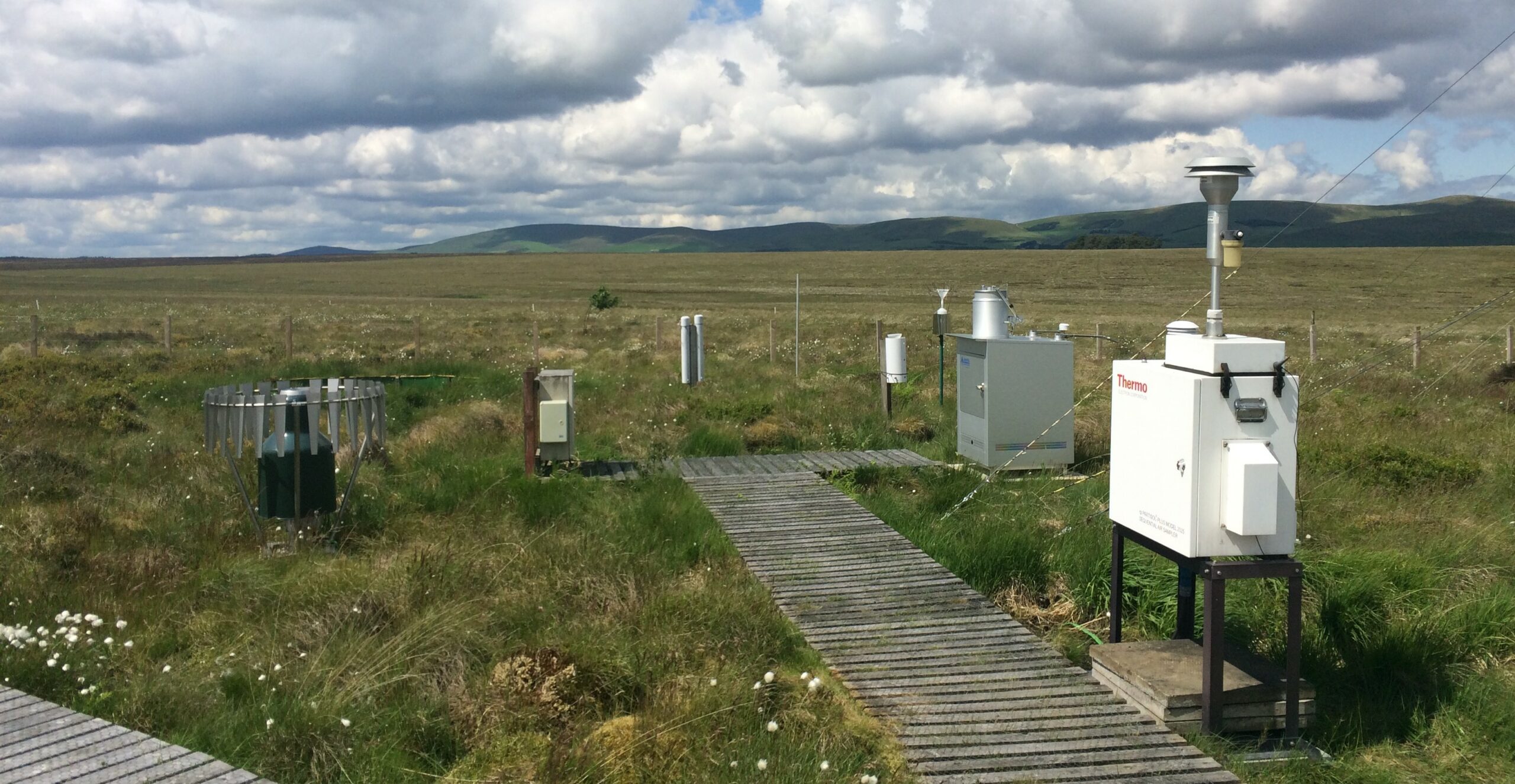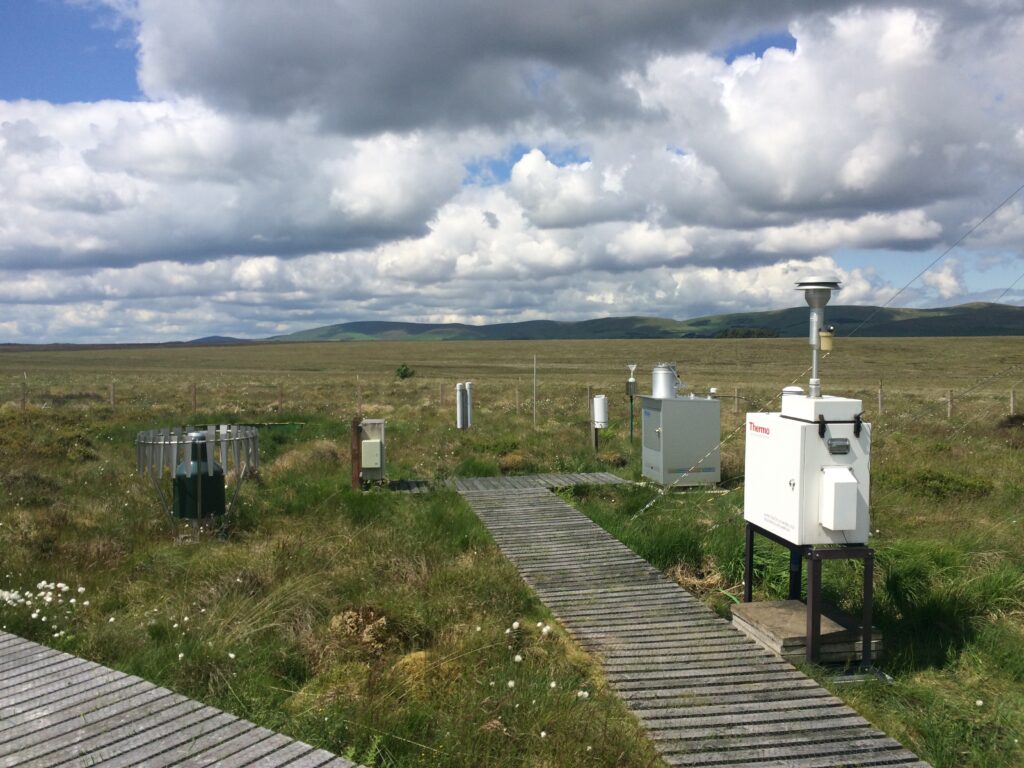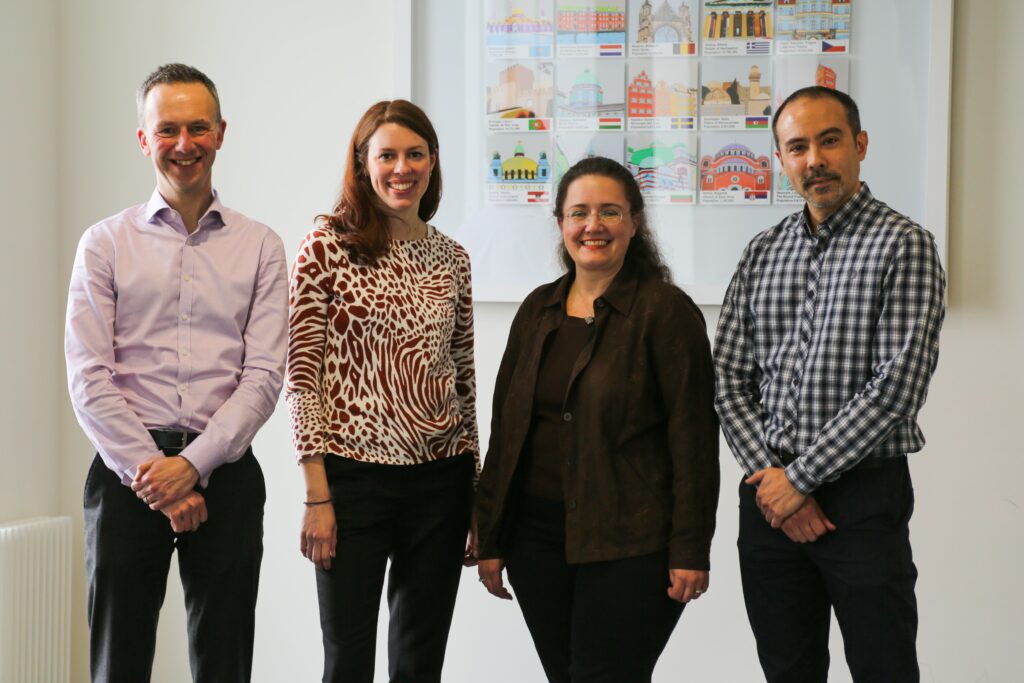
Scientists discover air quality monitoring stations are collecting urgently needed biodiversity data
- Researchers say air quality monitoring networks could enable biodiversity monitoring on an unprecedented scale
- The findings could be a gamechanger for global efforts to protect and promote biodiversity
- They found eDNA evidence for more than 180 plants and animals in just two locations
TORONTO, June 5, 2023 – An international team of researchers has discovered that thousands of ambient air quality monitoring stations around the world are unwittingly recording more than just atmospheric pollutants and dust: they are also likely collecting biodiversity data in the form of environmental DNA (eDNA). Until now it was thought that the infrastructure for monitoring biodiversity and national and global scales does not exist.
“One of the single biggest issues facing the planet today is the accelerating loss of biodiversity,” says York University Assistant Professor Elizabeth Clare of Toronto, an expert in airborne eDNA and corresponding author of the paper published today in Current Biology. “This could be a treasure trove of biodiversity data. What we found by analyzing filters from these monitoring stations is astonishing. In just two locations, we found eDNA evidence for more than 180 different plants and animals.”
“The potential of this cannot be overstated. It could be an absolute gamechanger for tracking and monitoring biodiversity,” says Dr Joanne Littlefair of Queen Mary University of London, United Kingdom and first author of the paper. “Almost every country has some kind of air pollution monitoring system or network, either government owned or private, and in many cases both. This could solve a global problem of how to measure biodiversity at a massive scale.”

Until now, no one had considered that these air quality monitoring stations could be collecting and storing eDNA data on birds, bees, ticks, fungi, insects, plants and mammals across the globe as a byproduct of their regular function. But it is exactly what’s needed to monitor biodiversity at a scale that’s never been possible before.
According to the World Wildlife Fund’s Living Planet Report, there has been a 69 per cent decline in wildlife populations since 1970. These air quality stations could be exactly what is needed to not only track biodiversity across the planet, but also to potentially tap into the decades of historic eDNA biodiversity data on filters squirrelled away for years.
Governments, scientists and environmental agencies around the world have called for large-scale, standard methods of tracking biodiversity in real time – but it has been an impossible task – with no standardized approach and no deployed infrastructure proposed, until now.
The discovery that these air monitoring stations could be collecting eDNA is even more surprising because they may have been quietly doing this all along.
It wasn’t until researchers, including Clare and Littlefair, proved it’s possible to determine which species are present using eDNA sampled from air, that scientists at the UK’s National Physical Laboratory (NPL), who operate the national air quality sampling grids, realized the potential of what they already had. Dr James Allerton and Dr Andrew Brown at NPL contacted Littlefair and Clare wondering if the national air quality monitoring networks in the UK was collecting eDNA during normal operation. Together, the unlikely new collaborators have their first answer: a resounding yes.
“We were routinely collecting particulate matter looking to measure pollutants in air but when we saw the work of Clare and Littlefair, we realized maybe we were sitting on something much more valuable,” says Allerton.
The team set up a test at an air quality station in London outside a large urban park, collecting samples for an hour, a day and a week, and compared them to eight-month-old samples from a public station in Scotland.
At Queen Mary University of London, Littlefair handled the samples, while Clare and grad student Nina Garrett analyzed the data at York University.

“We were surprised by the diversity of life we were able to survey with one approach, almost unheard in this field of science. In these two locations, we simultaneously detected the eDNA of 34 bird and 24 mammal species, a wide variety of insects, crops, pathogenic fungus, lovely wildflowers, ornamental garden plants and grasses,” says Clare of the Faculty of Science.
“We found species of interest, such as hedgehogs, along with badgers, deer, dormice, little owls, smooth newts, songbirds and 80 different kinds of woodland trees and plants – oak, linden, ash, pine – it was all there collected on these tiny filters. It’s unbelievably exciting.”
It represents a mechanism to measure biodiversity on land in a standardized repeatable way across entire countries continually every day, every week at thousands of locations.
“The beauty of the idea is we are making use of something that already exists,” says Brown, who operates the network at NPL. “If networks of air samplers around the world are all collecting similar material – just as a part of their regular functioning – it’s an incredible resource.”
The team is now trying to preserve as many samples as possible with eDNA in mind. “We do not yet know the true value of these samples, but as they are collected, they could provide an unprecedented view of our natural world. The scale of repeated samples could give us the elusive biodiversity time series data and the ability to measure terrestrial species dynamics in a high-resolution form never considered for biodiversity monitoring before,” says Clare.
As Littlefair says: “It will require a global effort to collect and evaluate these samples, but this is an extraordinary opportunity to take advantage of a pre-existing, global infrastructure that has been collecting standardized eDNA data for decades and until now, we simply haven’t realized the resource existed.”
The paper, Air-quality networks collect environmental DNA with the potential to measure biodiversity at continental scales, will be published on June 5 in the journal Current Biology.
Links for videos of the researchers explaining the importance of their findings are available below. Downloadable versions, additional b-roll footage and a version without subtitles is available, upon request.
Shorter version of above video – https://youtu.be/b0t-f303_dQ
-30-
For more information on this release, to receive a copy of the paper or to speak with the researchers, contact:
Sandra McLean at York University Media Relations, sandramc@yorku.ca
Dimitra Nikolakopoulou at Queen Mary University of London, d.nikolakopoulou@qmul.ac.uk
About York University, Toronto, Canada
York University a modern, multi-campus, urban university located in Toronto, Ontario. Backed by a diverse group of students, faculty, staff, alumni and partners, we bring a uniquely global perspective to help solve societal challenges, drive positive change and prepare our students for success. York's fully bilingual Glendon Campus is home to Southern Ontario's Centre of Excellence for French Language and Bilingual Postsecondary Education. York’s campuses in Costa Rica and India offer students exceptional transnational learning opportunities and innovative programs. Together, we can make things right for our communities, our planet, and our future.
About Queen Mary University of London
At Queen Mary University of London, we believe that a diversity of ideas helps us achieve the previously unthinkable. Throughout our history, we’ve fostered social justice and improved lives through academic excellence – and we continue to live and breathe this spirit today, not because it’s simply ‘the right thing to do’ but for what it helps us achieve and the intellectual brilliance it delivers.
A member of the prestigious Russell Group, Queen Mary is a research-intensive university that connects minds worldwide. We work across the humanities and social sciences, medicine and dentistry, and science and engineering, with inspirational teaching directly informed by our world-leading research.
Our distinctive history stretching back to 1785 is built on four historic institutions (the London Hospital Medical College, St Bartholomew’s Medical College, Westfield College and Queen Mary College) with a shared vision to provide hope and opportunity for the less privileged or otherwise under-represented. Today, we remain true to that belief in opening the doors of opportunity for anyone with the potential to succeed and helping to build a future we can all be proud of.
Visit qmul.ac.uk to find out more.






